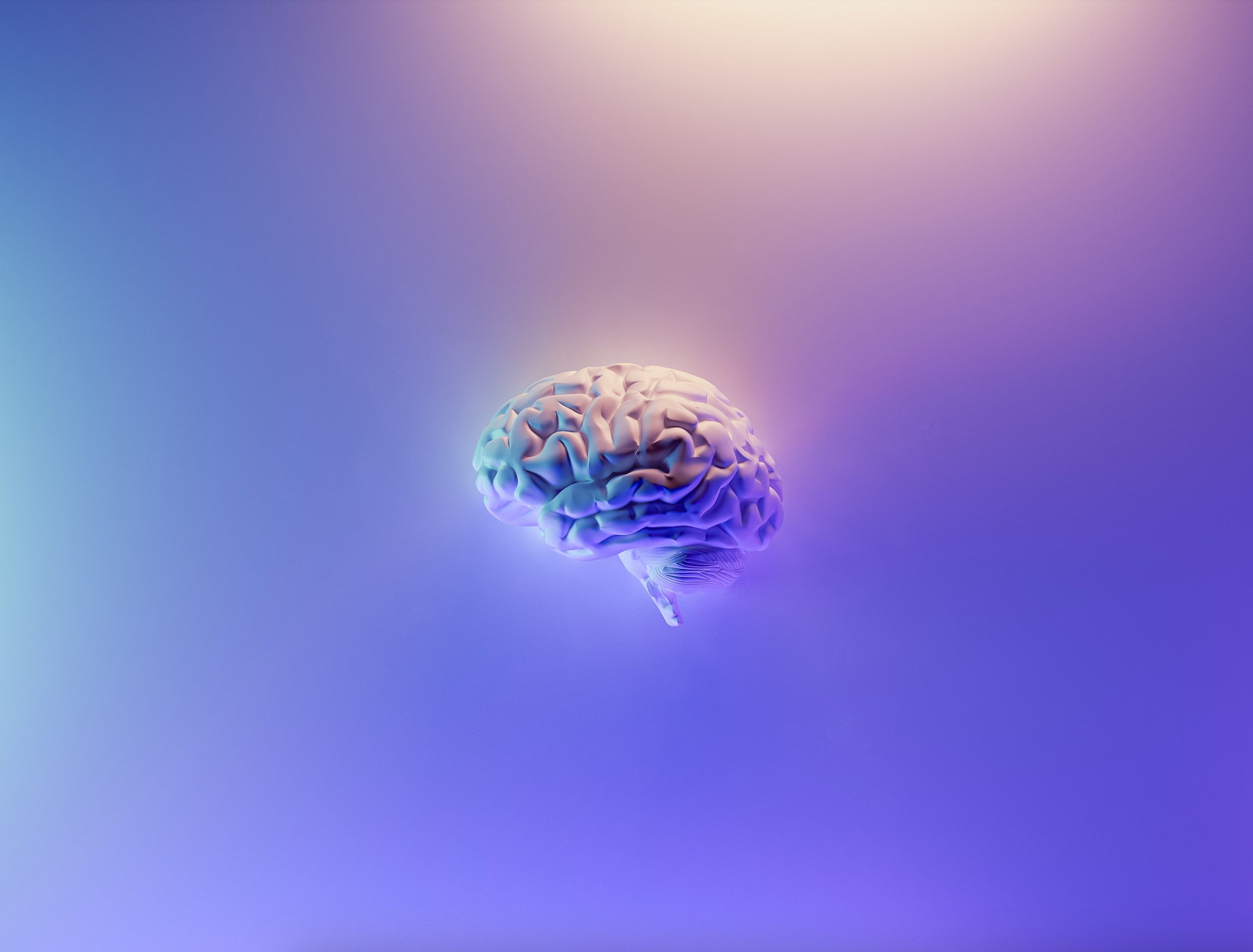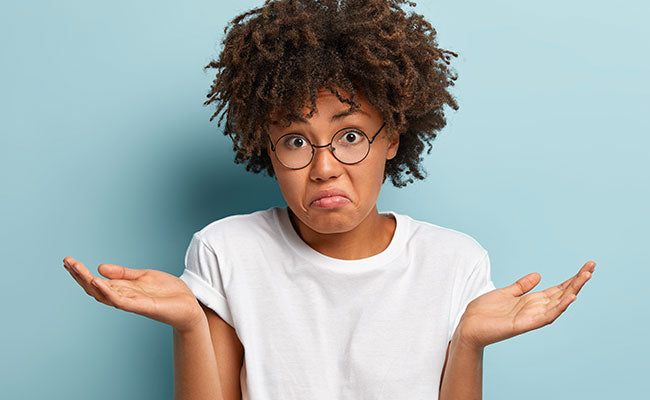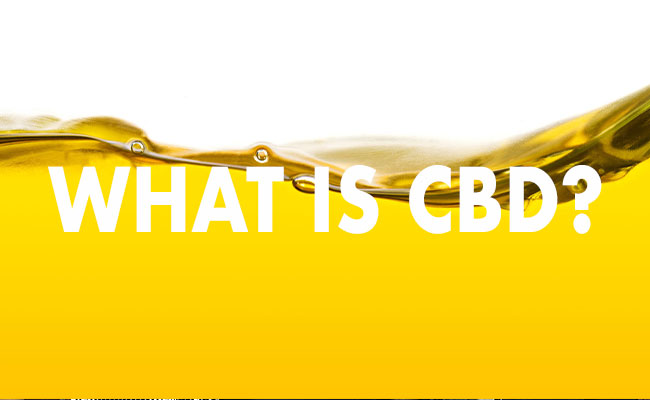
Microdosing Psychedelics
WRITTEN BY DR. MELANIE FLORES
You have likely heard the buzz on microdosing psychedelics, as the practice has grown exponentially since the pandemic. You might have heard of people who take psilocybin-containing mushrooms before work or those who tout its benefits for mental health. The introduction of psychedelics on ballot initiatives may have also struck up your interest in the practice. Whether you know someone personally who engages in microdosing, are curious about it yourself , or just heard about it through the media- it's important to be aware of the benefits and risks of this wellness practice.
What is microdosing?
Microdosing involves taking a very small (1/10-1/20 of a full recreational dose) sub-perceptual (unnoticeable) dose of psychedelic substance. This is usually in the range of 0.1-0.5g for psilocybin or ~ 4.6 µg of LSD. The dose used is not enough to produce any psychoactive effects or hallucinations. This is not the same dose that one would use in a “trip” and will not produce any altered consciousness. The most common substances that are being used in microdosing are psilocybin mushrooms and LSD (aka acid). People who microdose often do so daily or semi-regularly for an appearance of its purported benefits, but there is no defined dosing schedule.
The most common dosing schedule was suggested by psychedelics advocate and writer, James Fadiman. The Fadiman protocol involves microdosing every fourth day of the week.
Another popular practice in the microdosing community is stacking- combining micro doses of psychedelics (usually psilocybin) with other substances to increase their effects. This practice originated from the Aztecs who combined cacao with psilocybin mushrooms. Popular substances used for stacking today include: lion’s mane mushrooms, cacao, chocolate, niacin and Syrian rue. The mycologist, Paul Stamets, has also recently popularized the stacking method with his curated method. The “Stamets stack” involves combining psilocybin, lion’s mane, and niacin on your dosing day.
Other psychedelic substances that are used for microdosing:
- Ketamine
- Cannabis
- Peyote
- DMT
- Mescaline
- Ibogaine
- Ayahuasca
- MDMA
Why are people microdosing?
A few reported benefits of microdosing that are being researched include:- Enhanced well-being/ mood
- Increased concentration/cognition
- Increased openness and engagement with external stimuli
- Improved creativity
- Improved outlook on life
- Support with substance abuse
- Chronic pain perception
- Reduced stress
- Motivation
- Confidence
- Enhancing empathy
- Spirituality
- Mindfulness
Does microdosing work?
Due to the increase in popularity of microdosing psychedelic substances, researchers are working quickly to examine efficacy and safety. A 2019 qualitative retrospective study surveyed 278 people who microdose. Participants reported their subjective microdosing benefits and challenges they experienced. Researchers also explored how microdosing psilocybin, LSD, or both affected the results. The most prevalent benefits included: imported mood (27%), improved focus (14.8%), and creativity (12.9%). Prevalent challenges were: illegality (29.5%) and physiological discomfort (18%). A 2021 cross-sectional study surveyed 4050 microdosers and 4653 non-microdsers about their self-reported anxiety and depression symptoms. One third of all participants reported prior/current mental health concerns. 85% of participants microsed with psilocybin, with 11% using LSD. The majority of participants microdosed 1-4 times per week. Among the participants who endorsed currently having mental health concerns, significantly more microdosers experienced a decrease in their depression, anxiety, and stress levels than non-microdosers. A 2022 double-blind placebo-controlled randomized controlled trial examined the effects of microdosing psilocybin mushrooms on behavior, creativity (divergent and convergent thinking), perception, cognition and the underlying brain activity (measured with EEG), with emphasis on controlling for expectation without introducing an artificial motivation for microdosing. The trial contained 34 participants that were either given 0.5g of psilocybin or a placebo for 64 weeks.
Side effects
Negative side effects that have been reported in research studies and anecdotal accounts include:
- Impaired focus
- Increased anxiety
- Headaches
- Nausea
- Emotional difficulty
- Temperature dysregulation
- Dissociation
- Agitation
- Increased Blood Pressure/ Heart rate
- Cognitive impairment
- Restlessness
- Low energy
Who should avoid microdosing?
Due to the lack of experience and information on microdosing psychedelics, the exact contraindications are unknown, but healthcare providers have suggested several medications and people with certain disorders should stay away from psychedelics. Particularly, those on antidepressants that increase serotonin in the brain should avoid taking psychedelic medications, even the small doses used in microdosing, because psychedelics are also known to affect serotonin levels. Examples of common antidepressants that modulate serotonin include: SSRIs, SNRIs, and MAOIs. Those with the following conditions should also avoid or use psychedelics with caution: schizophrenia, bipolar disorder, autism, epilepsy/seizure disorder, uncontrolled high blood pressure, heart failure, coronary artery disease, and previous stroke/heart attack . People who are pregnant or breastfeeding should not engage in microdosing.Takeaway
A greater number of controlled clinical trials are required to more confidently state the potential risks and benefits of psychedelic microdosing, however, the present findings suggest that microdosing psychedelics does not appear to be associated with increased negative outcomes. It is important to be mindful that there is still a lot that is unknown in the practice of taking psychedelics in general, and that caution should be exercised. All psychedelics still remain illegal on the federal level and only a few cities and states have decriminalized psilocybin, so it is a good idea to know the laws in your city. While the conclusion on the safety and standardized practice of microdosing is still uncertain, the research revealed thus far is promising for the future of microdosing.References
- Anderson, T., Petranker, R., Christopher, A. et al. Psychedelic microdosing benefits and challenges: an empirical codebook. Harm Reduct J. 2019. 16, 43.
- Rootman, J.M., Kryskow, P., Harvey, K. et al. Adults who microdose psychedelics report health related motivations and lower levels of anxiety and depression compared to non-microdosers. Sci Rep. 2021. 11, 22479.
- Cavanna F, Muller S, de la Fuente LA, Zamberlan F, Palmucci M, Janeckova L, Kuchar M, Pallavicini C, Tagliazucchi E. Microdosing with psilocybin mushrooms: a double-blind placebo-controlled study. Transl Psychiatry. 2022 Aug 2;12(1):307. doi: 10.1038/s41398-022-02039-0. PMID: 35918311; PMCID: PMC9346139.
- Brand, Danielle Simone. Can Microdosing Really Change Your Brain? DoubleBlind Mag. https://doubleblindmag.com/stamets-stack/.
- Aragon, Gowri. Medical Contraindications to ‘Classic’ Psychedelic Use. UCSF Translational Psychedelic Research Program. https://psychedelics.ucsf.edu/blog/medical-contraindications-to-classic-psychedelic-use.
-
Anderson T, Petranker R, Christopher A, et al. Psychedelic microdosing benefits and challenges: an empirical codebook. Harm Reduction Journal. 2019.
–
This article was edited by Dr. Swathi and was written by Element Apothec Scientific Communications Intern, Melanie Flores. She is a Doctor of Pharmacy (PharmD) student at Oregon State University and Oregon Health & Science University College of Pharmacy in Portland, Oregon.











